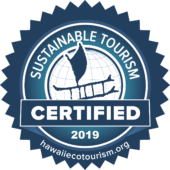Doctors Tell Us How Hiking Can Change Our Brains
(Republished from www.LifeHack.Org, click HERE for a link to the article in it’s entirety)“Nature’s peace will flow into you as sunshine flows into trees. The winds will blow their own freshness into you, and the storms their energy, while cares will drop off like autumn leaves,” wrote John Muir in Our National Parks. Clearly, John Muir understood the intrinsic value of spending time in nature.Along with Muir, many of us recognize that hiking in nature is good for the body, mind, and soul. Walking through the woods while observing colorful birds and foliage, smelling the aroma of spruce and pine trees, and listening to a soothing running stream simply clear our mind and make us feel good. Lucky for us, doctors agree. Study after study shows there are many mental health benefits to spending time hiking in nature.
Hiking in Nature Reduces RuminationThose who ruminate or focus too much on negative thoughts about themselves can exhibit anxiety, depression, and other issues, such as binge eating or post traumatic stress disorder. In a recent study, researchers investigated whether spending time in nature affects rumination, and they found that hiking in nature decreases these obsessive, negative thoughts.
In this study, researchers compared the reported rumination of participants who hiked through an urban environment and a nature environment. They found that those who walked for 90 minutes in a natural environment, which took place in a grassland near Stanford University, reported lower levels of rumination and also had reduced neural activity in the subgenual prefrontal cortex, which is associated with mental illness. Those who walked through an urban environment didn’t enjoy these benefits.
These researchers indicate that our world is becoming more and more urban and that urbanization is linked to depression and other forms of mental illness. Visibly, simply removing us from an urban environment to spend time outdoors where there are fewer mental stressors, less noise, and fewer distractions can be advantageous for our mental health.
Hiking While Disconnecting from Technology Boosts Creative Problem Solving
According to a study by Ruth Ann Atchley and David L. Strayer, creative problem solving can be improved by disconnecting from technology and reconnecting with nature. In this study, participants hiked while backpacking in nature for approximately four days and they were prohibited from using technology. They were asked to perform tasks requiring creativity and complex problem solving. They found that those immersed in the hiking excursions had increased performance on problem-solving tasks by 50 percent.
Researchers indicate that technology and the noise of urban areas constantly demand our attention and disturb us from focusing, which taxes our cognitive functions. Thus, when we’re feeling overwhelmed from the stressors of urban life and being plugged-in 24/7, nature hikes can be strong medicine. They reduce our mental fatigue, soothe our minds, and help us think creatively.
Hiking Outdoors Can Improve ADHD in Children
Attention Deficit Hyperactivity Disorder (ADHD) is a common disorder among children. Those with ADHD generally have trouble staying focused, are easily distracted, exhibit hyperactivity, and have difficulty controlling impulses.
Raising children with ADHD can be perplexing for parents. Nonetheless, great news has emerged from the medical and scientific world. In a study conducted by Frances E. Kuo, PhD and Andrea Faber Taylor, PhD, researchers found that exposing children with ADHD to “green outdoor activities” reduced their ADHD symptoms. Thus, according to this study, the benefits of exposure to nature can extend to anyone with inattention and impulsivity.
Doctors conclude that simple changes that involve green activities or settings can improve attention. For example, increasing exposure to a window seat with a green view, participating in an afternoon nature hike, or simply playing ball in the park can ease unwanted ADHD symptoms.
Hiking in Nature is Great Exercise, Which Boosts Brainpower
We’ve all heard the expression healthy body, healthy mind. Hiking outdoors is an excellent form of exercise and it can burn 400 to 700 calories an hour, depending on the difficulty of the hike. An added benefit is that hiking isn’t as hard on our joints as other forms of exercise, such as running. Also, it’s proven that those who exercise outside are more likely to stick to their exercise programs, which makes hiking an excellent choice for those hoping to integrate exercise into their daily lives.
The mind and body are naturally connected. Exercise helps to keep our brain cells nourished and healthy. In fact, according to researchers from the University of British Columbia, aerobic exercise might improve memory and cognitive ability. In the study, they found that aerobic exercise increased the hippocampal volume in older women. The hippocampus is a part of brain associated with spatial and episodic memory.
Not only does exercise improve cognitive ability and possibly prevent cognitive decline as shown by the study, it can also reduce stress and anxiety, boost self esteem, and release endorphins (feel-good hormones). It’s astonishing that a physical activity as simple and low-cost as hiking can provide so many mental health benefits.
Hiking is Now Prescribed by Doctors
Has your doctor ever told you to “take a hike?” This isn’t a phrase that we typically want to hear, especially from our doctors, but they actually have our wellbeing in mind. Progressive doctors are now aware that people who spend time in nature enjoy less stress and better physical health.
According to WebMD, more and more doctors are writing “nature prescriptions” or recommending “ecotherapy” to reduce anxiety, improve stress levels, and to curb depression. Plus, nature prescriptions are becoming more accepted by traditional health care providers as more research shows the benefits of exercising and spending time in nature.
The state of California is traditionally one of the more progressive states in the area of alternative health. As an example, the Institute at the Golden Gate has been leading the charge to promote ecotherapy through its “Healthy Parks Healthy People (HPHP)” initiative. In this program, community organizations work with health professionals to improve the health of their parks, and to promote the use of parks as a passageway to health for the people who use them.
How Do You Get Started with Hiking?
Fortunately, hiking is one of the easiest and least-expensive sports to get involved in, and it’s fun and beneficial for the whole family. If you’re just getting started, don’t plan a Colorado 14er or to hike the Appalachian Trail. You can start small. Check out local short hiking trails and work your way up to a safe and comfortable distance. You can find trail maps online and there are smartphone apps to help you find the best trails for your level and interests.
Ensure you wear sturdy hiking shoes that are appropriate for the terrain. Consider using trekking poles, which reduce stress on your knees, increase your speed, and improve your stability. Layer clothing as necessary for the weather and wear breathable, moisture-wicking fabrics such as silk, polypropylene, wool, and fleece to reduce sweat and stay warm. Use sunscreen, sunglasses, and a hat to protect you from the sun. Stay hydrated and have fun!
Read more about “The benefits of hiking for a healthier and happier life” here.
[**And, if you’re coming to the islands, drop us a line: www.KauaiHikingTours.com**]





